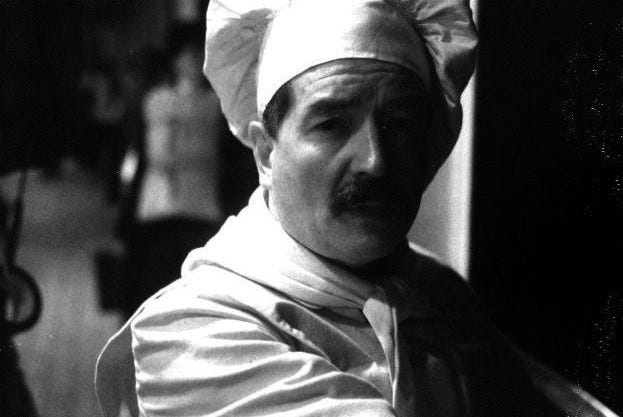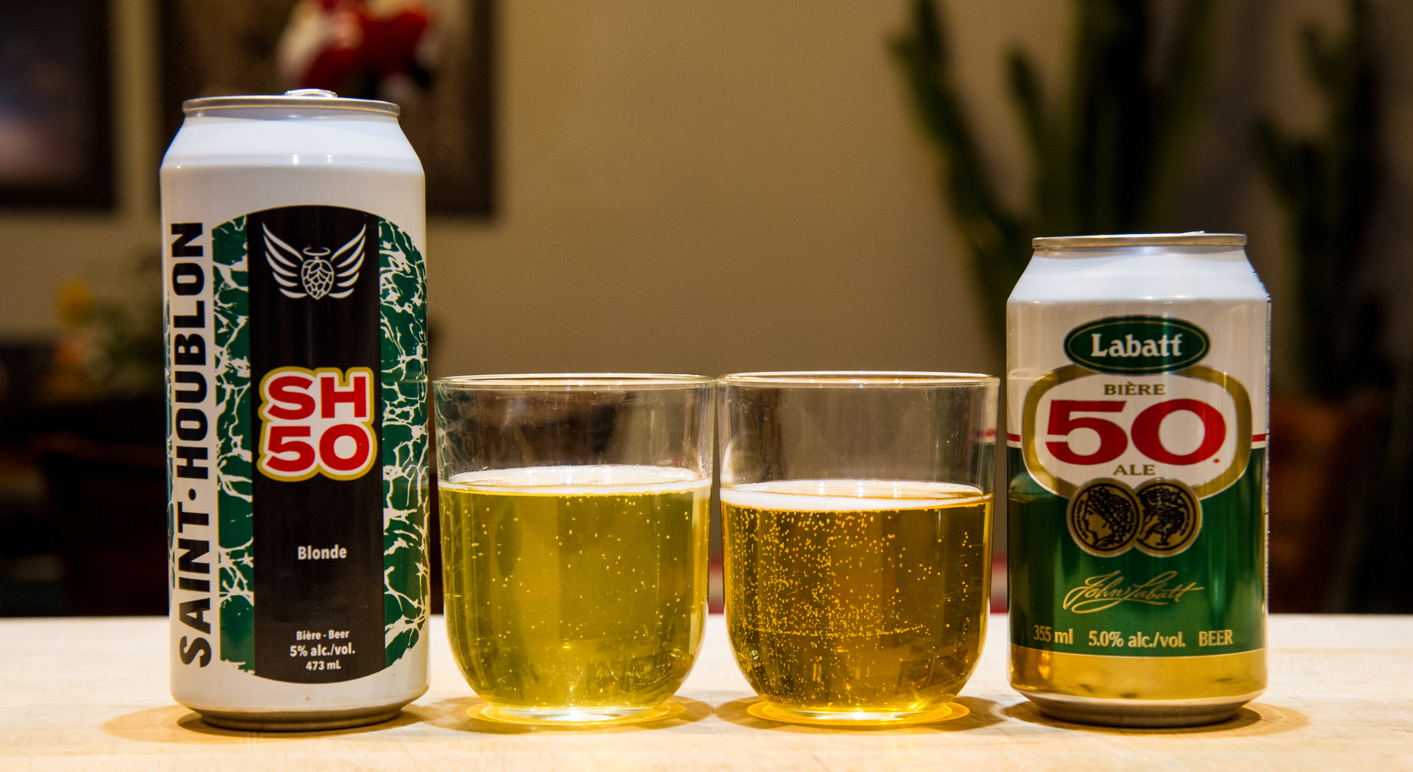Charles Joughin was the head baker on the RMS Titanic. When the alarm bell rang, he rushed to the kitchens to do the latest thing you would expect: start baking. But what he did after will shock you. This is the story of the Titanic’s unlikely hero.
Who is Charles Joughin?
Charles was the master baker on board the Titanic. Charles headed the 15-man team that produced the fresh bread served to the 2,201 people aboard the gigantic Titanic every day. This character appears in James Cameron’s 1997 film. He is repeatedly seen drinking what appears to be whisky from a small flask. At the very end, Charles is the only other character to sink last with Jack and Rose, all after emptying his bottle in one gulp. One last one for “the road”, as they say.

At the time of the wreck, Charles must have been 34 years old. He was a habitué of the bottle, known for his love of alcohol. By the time the alarm sounded, the pastry chef already had a glass in his nose. A ringing bell brought him back to reality. Time to evacuate? On the contrary, he’s immediately sent to the bakery to prepare bread. Yes, yes, as the Titanic begins its inexorable descent into the depths of the Atlantic, Charles races like mad to make the life-saving buns.
But why was he ordered to bake bread? Ships like the Titanic all carry, by protocol, large stocks of survival rations. Among these is the immortal “hardtack”, a cookie so dense and dry that it can last for generations without rotting. You have to wet it to soften it and make it edible. But who would want to eat such a terrible food?
The Titanic was designed to accommodate aristocrats. Rather than settle for such mediocre food on makeshift rafts in the icy northern night, it was preferable to have good, fresh bread. Consequently, evacuation without slightly more decent rations was unthinkable. (Note: according to other accounts, the bakers merely brought bread already prepared on board the canoes).
Once his mission was accomplished, Charles made his way to the bridge, where the evacuation took place in total chaos. The lifeboats were loaded in disarray, the men were impatient, access to third class was denied, and some refused to believe that the ship was going to sink: they simply didn’t want to board the lifeboats.
Charles, who had been promised a place, begins to lose patience. He is asked to come back later. While he waits, we can imagine him taking a sip or two, tipsy, stamping his feet as he watches poor women panic in front of the lifeboats. Charles is said to have grabbed women and children – like loaves of bread – and thrown them into the little lifeboats. Hup! In this way, Charles “saved” perhaps a dozen people.
But when it was his turn to evacuate, he was told that his place had been given to three men. Charles found himself trapped on the ship, alone with his bottle. Resigned, he climbs to the top floor and starts throwing chairs overboard, objects that will help some of the survivors to stay alive.
How did Charles Joughin survive?
Incredible as it may seem, our heroic pastry chef survived the cataclysm! An hour and 40 minutes after the ship sank, the first lifeboat approached the last point of contact with the Titanic, now swallowed by the ocean. Charles is found asleep on a piece of wreckage. His hair isn’t even wet. At this point, you can die of hypothermia in less than ten minutes. Yet Charles would later say in an interview that he felt nothing, attributing his miraculous survival to a heroic dose of whiskey.
Firstly, Charles was the last to fall into the water, giving him a head start against hypothermia. Secondly, the calm (here velvety with whiskey) would have allowed Charles to conserve his energy once in the water. He would have swum on the surface for almost an hour before hauling himself onto a capsized lifeboat. When he was found, only his feet were suffering from frostbite.
It’s a well-known fact that alcohol increases the risk of hypothermia by inhibiting cold sensations. So why was Charles able to swim so long in icy water? In reality, the majority of swimmers who drown are rarely in the water long enough for their body temperature to drop to critical levels. The most common causes of death are drowning itself or cardiac arrest, even in cold water. This is due to what is known as the “cold shock” response.
Below 15 degrees, the coldness of the water has the effect of accelerating the breathing rate, which can cause the unfortunate swimmer to swallow the water in large gulps. The retroactive effect is as inevitable as it is fatal: you breathe faster because you’re running out of air, and you swallow more water because you’re breathing faster.
Many doubt that alcohol was responsible, or that Charles really swam for almost two hours. He contradicts himself in his testimony, claiming to have drunk only a drop of whiskey before jumping into the water. Alcohol might have stopped our good hero from worrying, but we suspect a certain reckless streak might have helped him hang on for dear life…aided by the lucky discovery of an overturned canoe!
Charles Joughin: what life after the Titanic?
Joughin later returned to England and bore witness to the titanic sinking before John Bigham, 1st Viscount Mersey. After the tragedy, you’d think Charles Joughin would have wanted to say goodbye to the ocean once and for all. But no, Charles would later return as a pastry chef in the U.S. Navy during the First and Second World Wars.
Find out more about Charles Joughin’s role on the Titanic

Pierre-Olivier Bussieres is the author of the podcast Le Temps d’une Bière, producer of Hoppy History and editor-in-chief of Le Temps d’une Bière media. He holds a graduate degree in political science from Carleton University.












Leave a Reply